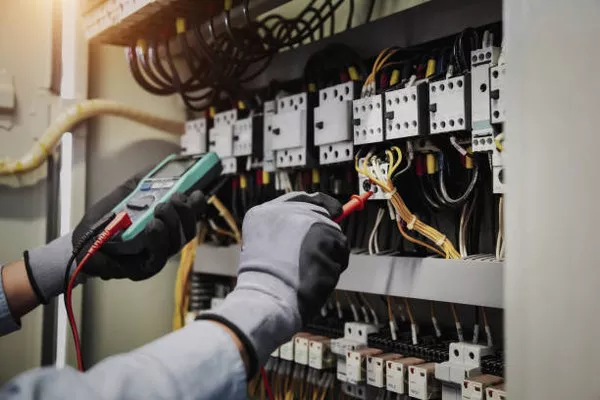Transformers are like silent heroes in the world of electricity. They play a crucial role in ensuring the smooth flow of electrical power from generation to consumption. Have you ever wondered how electricity travels from power plants to your home or office building? Well, it’s time to unravel the mystery behind the function of transformers in electricity.
Basic Function of Transformers
At its core, a transformer is a static electrical device that transfers electrical energy between two or more circuits through electromagnetic induction. This process involves the use of coils, usually wrapped around a core made of ferromagnetic materials. Transformers operate based on Faraday’s law of electromagnetic induction, which states that a changing magnetic field induces an electromotive force (EMF) in a nearby conductor.
Role of Transformers in Electricity
Transformers serve two primary functions in electricity: voltage transformation and impedance matching. Voltage transformation involves stepping up or stepping down the voltage levels to suit the requirements of different parts of the electrical grid. This is essential for efficient power transmission over long distances and for voltage regulation in distribution networks. Additionally, transformers help match the impedance between the power source and the load, ensuring maximum power transfer.
Components of Transformers
To understand how transformers function, let’s delve into their key components. The core, typically made of laminated steel or other ferromagnetic materials, provides a path for the magnetic flux generated by the primary winding. The primary and secondary windings are coils of wire wrapped around the core. The primary winding receives electrical energy from the source, while the secondary winding delivers the transformed energy to the load. Insulation materials separate the windings to prevent electrical arcing. Cooling systems such as oil or air are employed to dissipate heat generated during operation, ensuring optimal performance and longevity.
Types of Transformers
Transformers come in various types and configurations to suit different applications. Power transformers are used in electrical power generation, transmission, and distribution networks, while distribution transformers are employed to supply electricity to residential, commercial, and industrial consumers. Other specialized transformers include autotransformers, instrument transformers, and isolation transformers, each designed for specific purposes.
Transformer Operation
Understanding how transformers operate under different load conditions is essential for optimizing their performance. Transformers function efficiently when the load is within their rated capacity. Overloading can lead to overheating and reduced lifespan. Transformer losses, including copper losses due to electrical resistance and iron losses due to hysteresis and eddy currents, impact overall efficiency. By minimizing losses through proper design and maintenance, transformers can operate reliably for years.
Transformer Applications
The applications of transformers span across various sectors, including power generation, transmission, and distribution, as well as residential, commercial, and industrial settings. In power generation, transformers step up the voltage for efficient long-distance transmission, while in distribution networks, they step down the voltage to safer levels for consumer use. Transformers also play a vital role in renewable energy systems, integrating solar, wind, and hydroelectric power into the electrical grid.
Transformer Maintenance and Safety
To ensure the reliable operation of transformers, regular maintenance is essential. This includes inspection, testing, and lubrication of components, as well as monitoring oil levels and temperature. Safety precautions must be followed during installation, operation, and maintenance to prevent accidents and ensure compliance with regulations. Common issues such as insulation breakdown, overheating, and mechanical failures can be mitigated through proactive maintenance and timely repairs.
Future Trends in Transformer Technology
As technology advances, so does the evolution of transformers. Researchers are exploring innovative materials and designs to enhance efficiency, reliability, and sustainability. Smart grid technologies enable real-time monitoring and control of transformers, optimizing their performance and enabling predictive maintenance. Digital twins and AI-based analytics provide valuable insights into transformer health and performance, allowing utilities to make informed decisions and minimize downtime.
See Also Step-Down Transformers: Do They Increase or Decrease Voltage?
Conclusion
Transformers are the unsung heroes of the electrical grid, quietly working behind the scenes to ensure the reliable transmission and distribution of electricity. Understanding their function and importance is key to unlocking the potential of modern energy systems. Whether you’re a student, engineer, or curious consumer, delving into the world of transformers unveils a fascinating realm where science meets technology to power the world around us.

